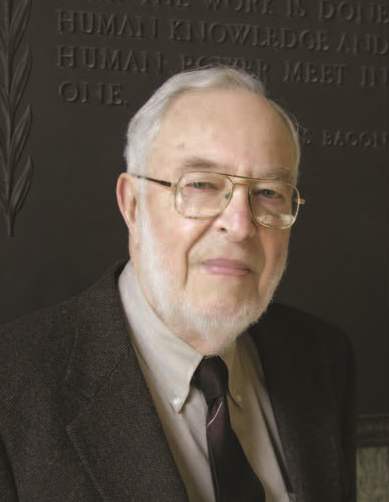Thermal Momentum in Thermodynamics, Part II Formulation
Year: 1997
Keywords: Momentum, Thermodynamics
Forces acting on particles in a thermodynamic system may be diffusive, electric, electromagnetic or gravitationaL It is shown here that, regardless of their nature, such forces can either be motive, or dissipative. Near equilibrium, dissipative forces are locally proportional to the particle flux densities, and lead to Ohm's law, Flick's law, and other dispositive laws, and the Einstein diffusion-mobility/viscosity relation. But particle flux densities are locally indeterminate from motive forces. The interaction of all motive and dispositive forces is governed by a fundamental global relation: the law of conservation of energy, as applied to the entire system. This interaction of all motive and dispositive forces in a system is expressed sufficiently close to equilibrium. It will be shown that at equilibrium, each identifiable, dispositive force, and its corresponding particle flux vanish, and each identifiable motive field, likewise, falls into a state of self-balancing. For, each such force becomes conservative, and the work it does per particle vanishes around every possible closed loop in the system, and, consequently, cannot drive any particle flux. In effect, therefore, at equilibrium, not only the balancing occurs for each constituent, as is the case in classical thermodynamics, but also by each identifiable process. This basic result has interesting ramifications concerning the possible explanation of some mysterious interfacial phenomena to be cited.


